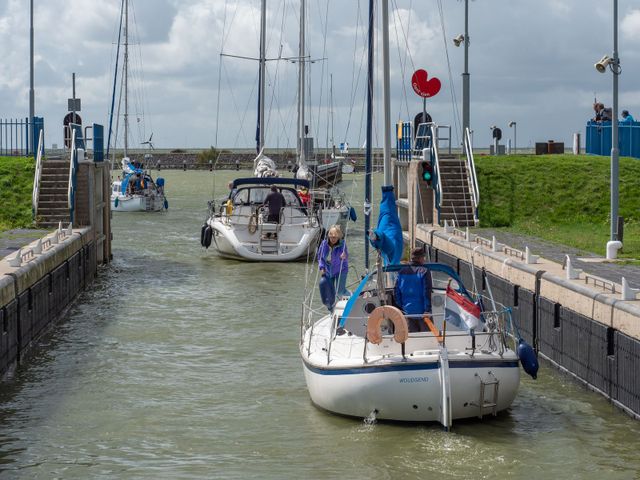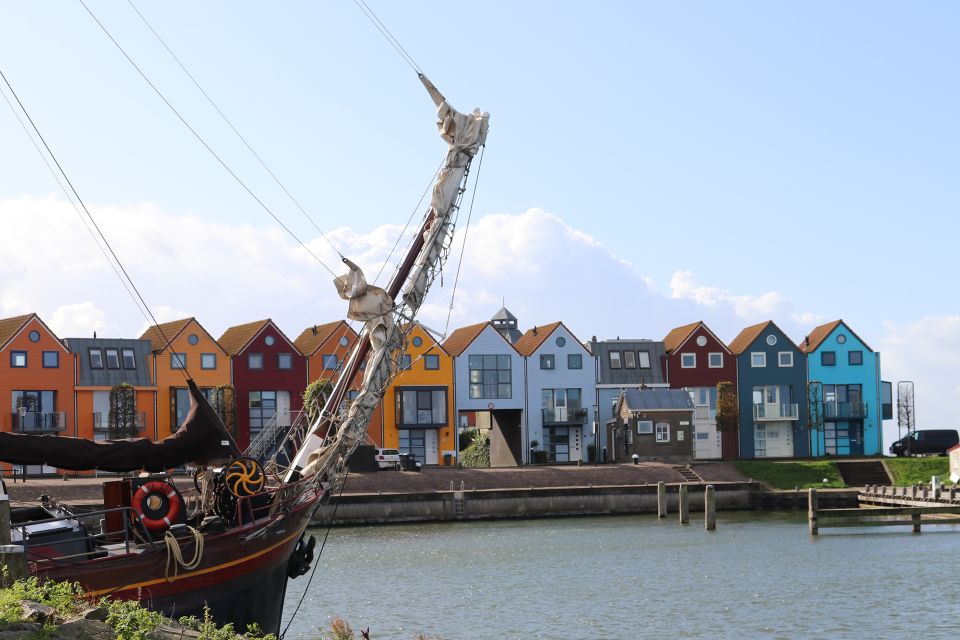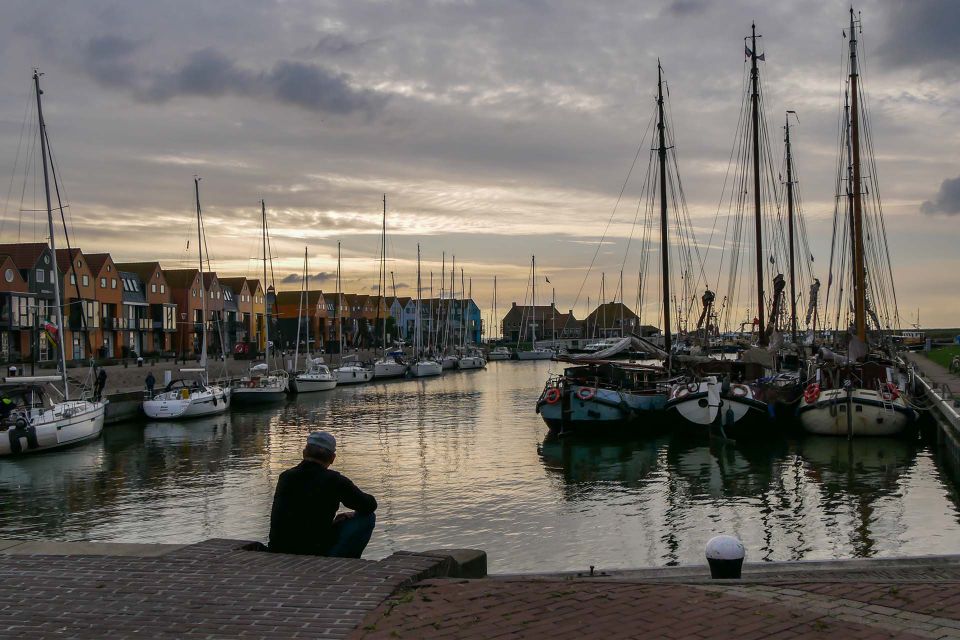Blog: 7 Things to see and do in Stavoren
‘High and low tide?’ The former Zuiderzee and Hanseatic city of Stavoren has been through the best of times and the worst of times. Yet the residents always knew how to make the best of things and preserve the beauty of the oldest Frisian port city. Did you know that Stavoren even had its own currency at one point? Stavoren Port enjoyed flourishing trade with many countries after all. Take a look at this cosy harbour city on the IJsselmeer lake where historic sailing ships have found a home port.
Discover the 7 treasures of Stavoren
1/ The Lady of Stavoren
Visit the Lady of Stavoren in the old harbour. She scans the horizon, yearning for ships bringing valuable goods. Her pride is her own downfall, and she takes Stavoren down with her. Check out her story and take a moment. Would you be humble enough?
Visit the Lady and read her story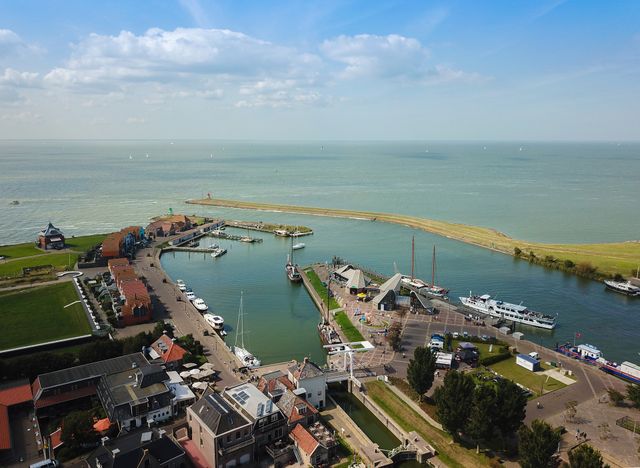
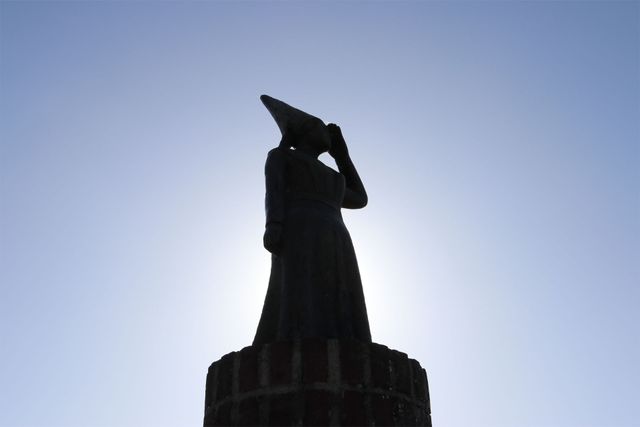
2/ The harbour of Stavoren
Experience the atmosphere of trade, fishing and recreational sailing. Stavoren is uniquely situated, as it is surrounded by the IJsselmeer lake on three sides. That makes for cosy and extremely photogenic locations such as the old sea lock dating from 1576, the fishing harbour, colourful little houses that remind you of Copenhagen, and the aesthetically designed harbour lights. Don't forget your camera!
Visit Stavoren harbour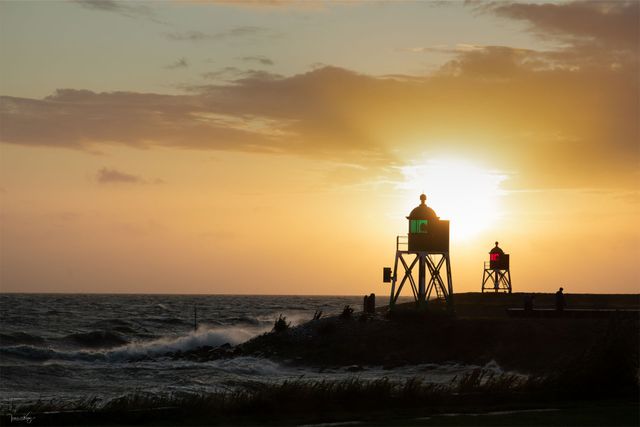
3/ The fish for Stavoren fountain - Mark Dion
At the head of the harbour, near the old lock, 'The Lady of Stavoren' peers out over the waters of the IJsselmeer lake, the Zuiderzee in those days, awaiting her ships. Opposite it is a new cultural icon: The Fish. Three metres tall and eight metres long, it spouts water from its top and bottom jaws and invites children to brave the splashes. This fountain is part of the 11Fountains project of Leeuwarden-Fryslân 2018 and was designed by the American artist Mark Dion.
Visit the fountain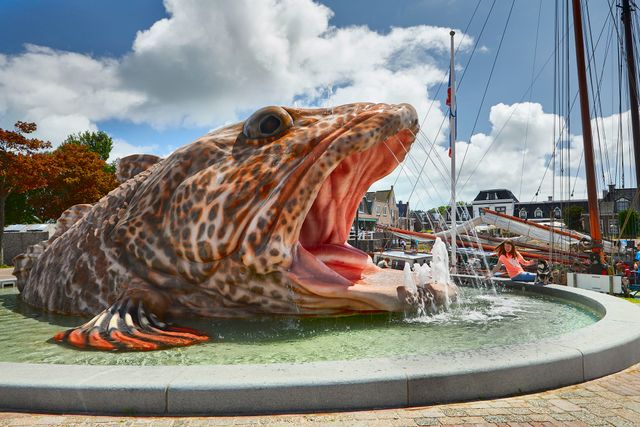
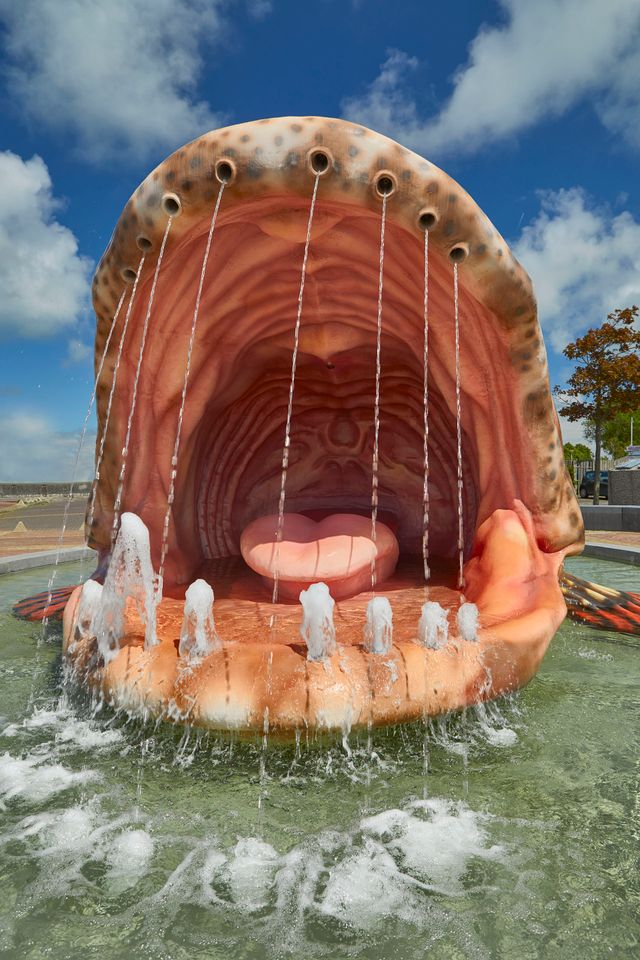
4/ Museum ’t Ponthús
Here the time line of the famous Stavoren stories is brought to life. Why was Stavoren a target for the Vikings? And how about the trading relationship with Hamburg? Or read more about the story of the emergency landing of the Halifax V during the Second World War, on the IJsselmeer lake just south of Stavoren.
Visit the museum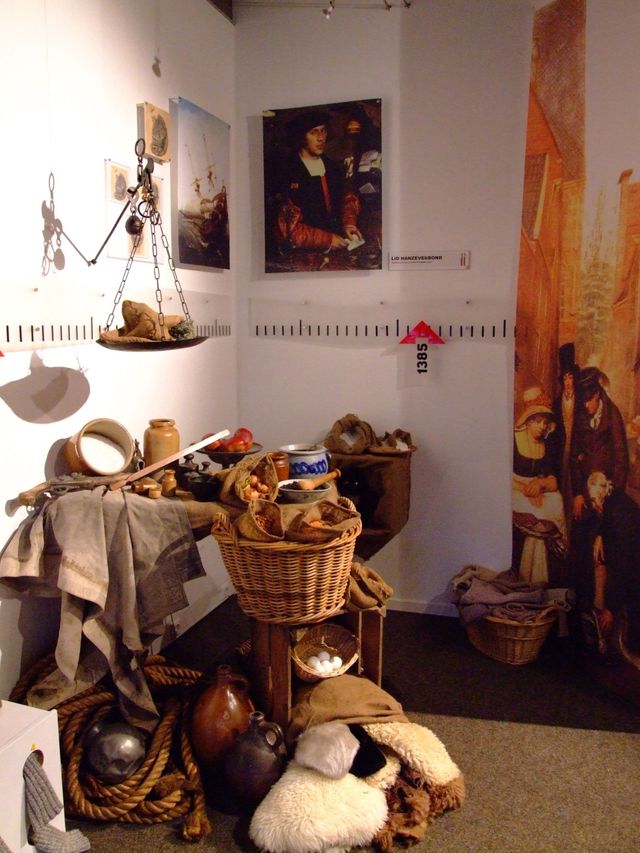
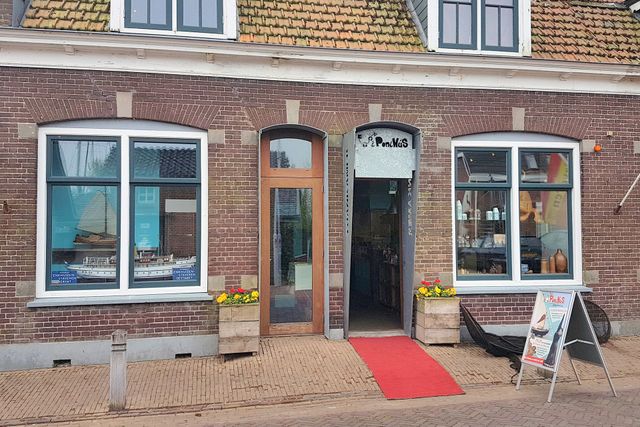
5/ The railway port of Stavoren
Before construction of the Afsluitdijk, the ferry between Enkhuizen in Noord-Holland and Stavoren was a very important connection. You arrived in Stavoren by train, switched to the ferry, crossed the Zuiderzee (now IJsselmeer) and continued your journey by train from Enkhuizen. The steam-powered ferry moored further up in the Spoorhaven railway port. It was used to transport freight and livestock. Loaded rail carriages were pulled onto the ferry via a bridge with rails on it. The remnants of this dock were renovated in 2015, and are now a permanent monument in the railway port of Stavoren.
Visit the ferry gap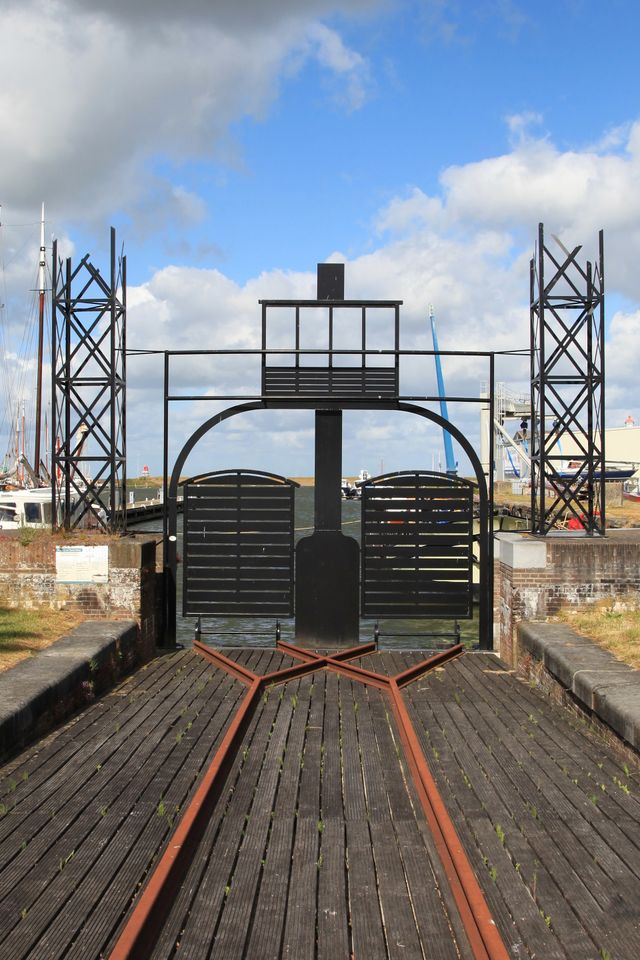

6/ The Blokhuis
After 1525, Friesland became part of the kingdom of Charles V, who had a large fortress built at Stavoren harbour in order to keep the Frisian people under control. A blokhuis is an old Dutch term for a military stronghold with a strategic location to guard an entrance route, in this case Stavoren harbour. This fortress was in place until around 1580. It was then gradually dismantled, and the stones incorporated in the city walls.
During excavations in 1996, parts of the walls and towers were found, along with many cannonballs. A new representation of the stronghold has since been built on the location of the old foundations: a large artwork of steel, concrete and glass.
Visit The blokhuis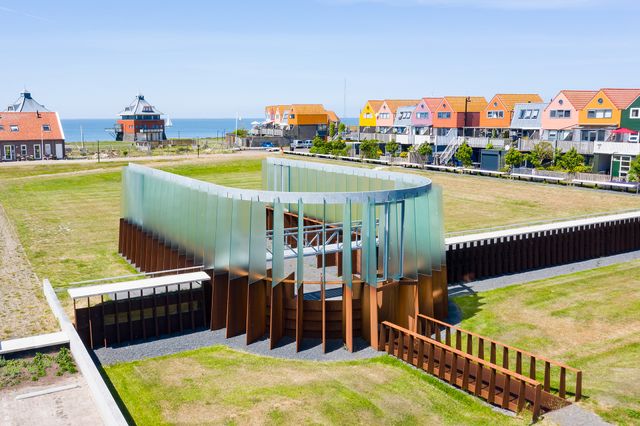

7/ Johan Friso locks
The locks and bridge built in 1966 connect the IJsselmeer lake and the Johan Friso canal. Over the years, the wait had been increasing up to two hours at times, and the capacity has therefore since been increased. King Willem-Alexander opened the second lock alongside the original lock on 8 May 2014. This new lock chamber is no less than 65 m long, and has all kinds of innovative features.
Visit the lock